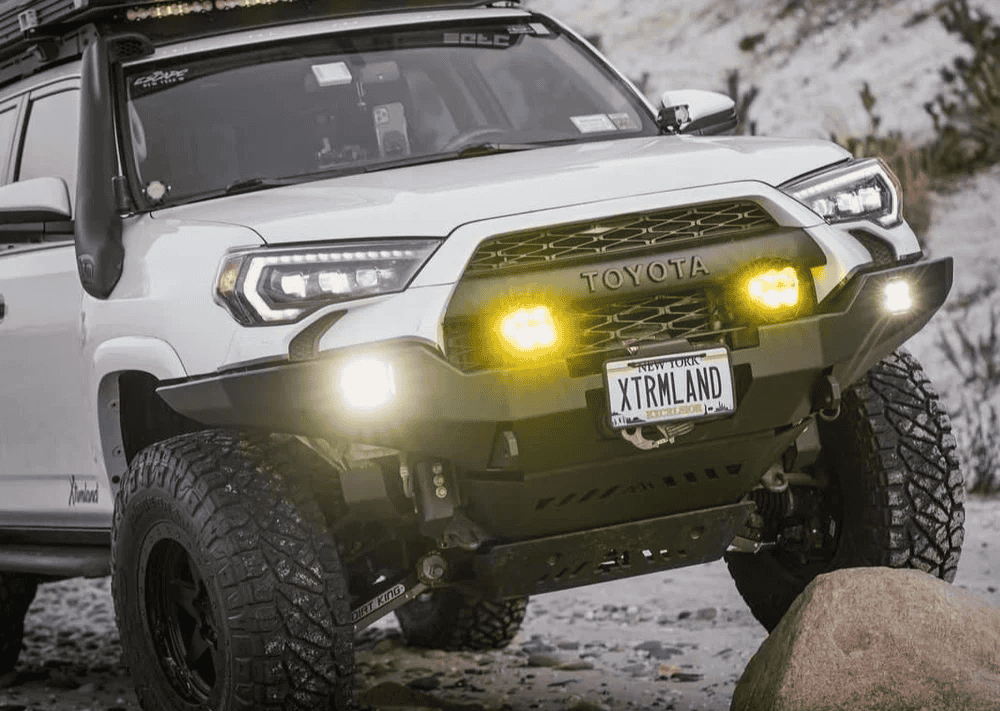Overland Vehicles

Satellite internet changes how an overland vehicle functions. The dish needs a clear view of the sky, steady power, and a secure path for data inside the cabin. Think about your travel style before touching a tool. Do you move daily or set up a basecamp for a week? Do you work from the road or just check weather and maps? The answers shape power needs, mounting style, and network layout.
Expect the system to draw roughly 50 to 100 watts depending on model and conditions. On a 12 volt battery bank, that is about 4 to 8 amps while online, plus inverter overhead if you power the router with AC. To size your energy budget, multiply average draw by expected daily runtime. For example, 60 watts for 10 hours equals 600 watt hours per day. Add a safety margin for cold mornings, tree cover, or firmware updates that spike usage. Tie the load into a protected circuit with proper fusing, and consider a DC supply to reduce inverter losses.
Every rack and roof has a stated dynamic and static rating. A low profile mount reduces wind load on long highway days and keeps your center of gravity in check on rough roads. Keep overall height in mind for trees and parking garages. Use stainless hardware, thread lockers suited to vibration, and torque fasteners to spec. Treat the dish as a sensitive sensor, not a cargo box.
Good reception starts with good placement. The goal is to position the antenna where obstructions are least likely while keeping service access simple. Many travelers favor the forward third of the roof, just outboard of a crossbar, to clear fans and solar while keeping cabling short.
A fixed low profile mount is ideal for travel days and quick stops, especially on washboard roads or high wind plains. A stowable or quick release bracket shines at camp where you can shift the dish a few feet to avoid a stubborn tree limb. Whatever you choose, avoid flexy panels, thin sheet metal, or plastic fairings as a base.
Route the factory cable through a gland or bulkhead fitting with a drip loop outside so water falls away from the entry point. Use gentle bends to protect the conductor and shield. Keep runs away from exhaust paths, sharp edges, and high heat appliances. Inside the cabin, secure the cable every foot or so to prevent chafe. Seal penetrations with compatible sealant and recheck after the first rain.
Satellite links are only half the system. Your in vehicle network determines how usable that link feels.
Park the router near the middle of the cabin and away from dense metal to improve signal coverage. If you use both 2.4 and 5 gigahertz, name them clearly so devices pick the right band. A small mesh node can cover a camper shell or trailer if your rig is modular.
Change default credentials, enable strong encryption, and update firmware before a long trip. A simple VPN can stabilize streaming and remote work tools when you hop between towers and satellites. Keep a cellular modem as a fallback and set metric priorities so the network switches gracefully if satellite dips under heavy tree cover.
Test in three places before a big journey: an open sky parking lot, a wooded trailhead, and a narrow canyon camp if available. Use built in obstruction tools to scan the sky, then run multiple speed tests at different times of day. Log battery state of charge versus run time to confirm your power math. These dry runs build confidence and reveal weak links before they become trip problems.
For many travelers, the cleanest approach is a professional install that pairs the dish with the right rack, seals the roof properly, and ties power into a protected low voltage system. Done right, the setup fades into the background and just works while you focus on the road.
If you are exploring a full upgrade, the OZK Customs team in Fayetteville Arkansas designs and builds complete rigs and communications packages that stand up to heat, snow, and endless ripple roads. Explore our Overland rigs to see how connectivity fits into a capable platform, and how we integrate power, racks, and network hardware as a single system. For one off projects or complete transformations, our Custom overland upfit page outlines how we plan, fabricate, and test each install. Curious about the team behind the work and our customer care? Visit Why choose OZK to learn how we support you from first design chat to handoff.
Reliable internet lets you send a map pin from a remote mesa, file a report from a forest road, or watch the storm track slide past camp. It only happens when power, mounting, and network choices line up. Tell us where you roam and how you work, and OZK Customs will integrate satellite internet into your build with clean routing, protected power, and tested performance. Reach out today and we will design a solution that keeps you connected when the pavement ends.
Ready for satellite internet that just works on every trail and in every season? OZK Customs engineers Starlink installs that protect your roof, your power system, and your time on the road. Tell us how you travel, and our team will design a clean, warrantied integration that keeps you online when the map turns green. Start your build conversation now.
ADDRESS:
6159 E Huntsville Rd, Fayetteville, AR 72701
PHONE:
(479) 326-9200
EMAIL:
info@ozkvans.com